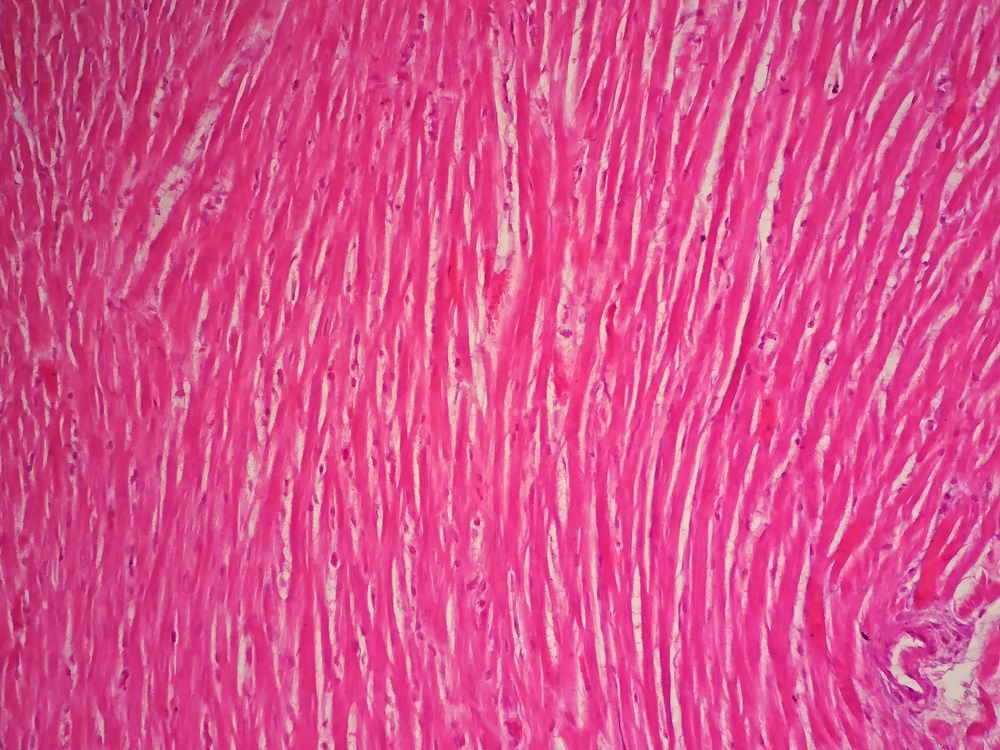
Researchers have coated normal fabric with an electroactive material, and in this way given it the ability to actuate in the same way as muscle fibres. The technology opens new opportunities to design “textile muscles” that could, for example, be incorporated into clothes, making it easier for people with disabilities to move. The study, which has been carried out by researchers at Linköping University and the University of Borås in Sweden, has been published in Science Advances.
Developments in robot technology and prostheses have been rapid, due to technological breakthroughs. For example, devices known as “exoskeletons” that act as an external skeleton and muscles have been developed to reinforce a person’s own mobility.
“Enormous and impressive advances have been made in the development of exoskeletons, which now enable people with disabilities to walk again. But the existing technology looks like rigid robotic suits. It is our dream to create exoskeletons that are similar to items of clothing, such as “running tights” that you can wear under your normal clothes. Such device could make it easier for older persons and those with impaired mobility to walk,” says Edwin Jager, associate professor at Division of Sensor and Actuator Systems, Linköping University.
Current exoskeletons are driven by motors or pressurised air and develop power in this way. In the new study, the researchers have instead used the advantages provided by lightweight and flexible fabrics, and developed what can be described as “textile muscles”. The researchers have used mass-producible fabric and coated it with an electroactive material. It is in this special coating that the force in the textile muscles arises. A low voltage applied to the fabric causes the electroactive material to change volume, causing the yarn or fibres to increase in length. The properties of the textile are controlled by its woven or knitted structure. Researchers can exploit this principle, depending on how the textile is to be used.
“If we weave the fabric, for example, we can design it to produce a high force. In this case, the extension of the fabric is the same as that of the individual threads. But what happens is that the force developed is much higher when the threads are connected in parallel in the weave. This is the same as in our muscles. Alternatively, we can use an extremely stretchable knitted structure in order to increase the effective extension,” says Nils-Krister Persson, associate professor in the Smart Textiles Initiative at the Swedish School of Textiles, University of Borås.
The researchers show in the article that the textile muscles can be used in a simple robot device to lift a small weight. They demonstrate that the technology enables new ways to design and manufacture devices known as “actuators”, which – like motors and biological muscles – can exert a force.
“Our approach may make it possible in the long term to manufacture actuators in a simple way and hopefully at a reasonable cost by using already existing textile production technologies. What’s more interesting, however, is that it may open completely new applications in the future, such as integrating textile muscles into items of clothing,” says Edwin Jager.




